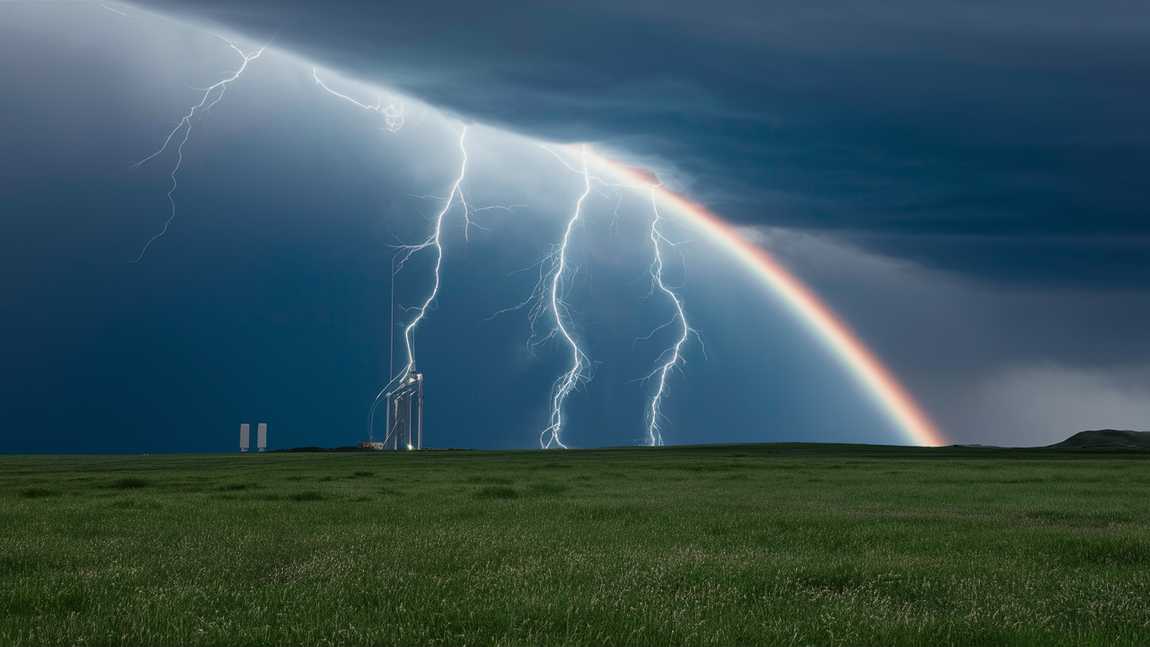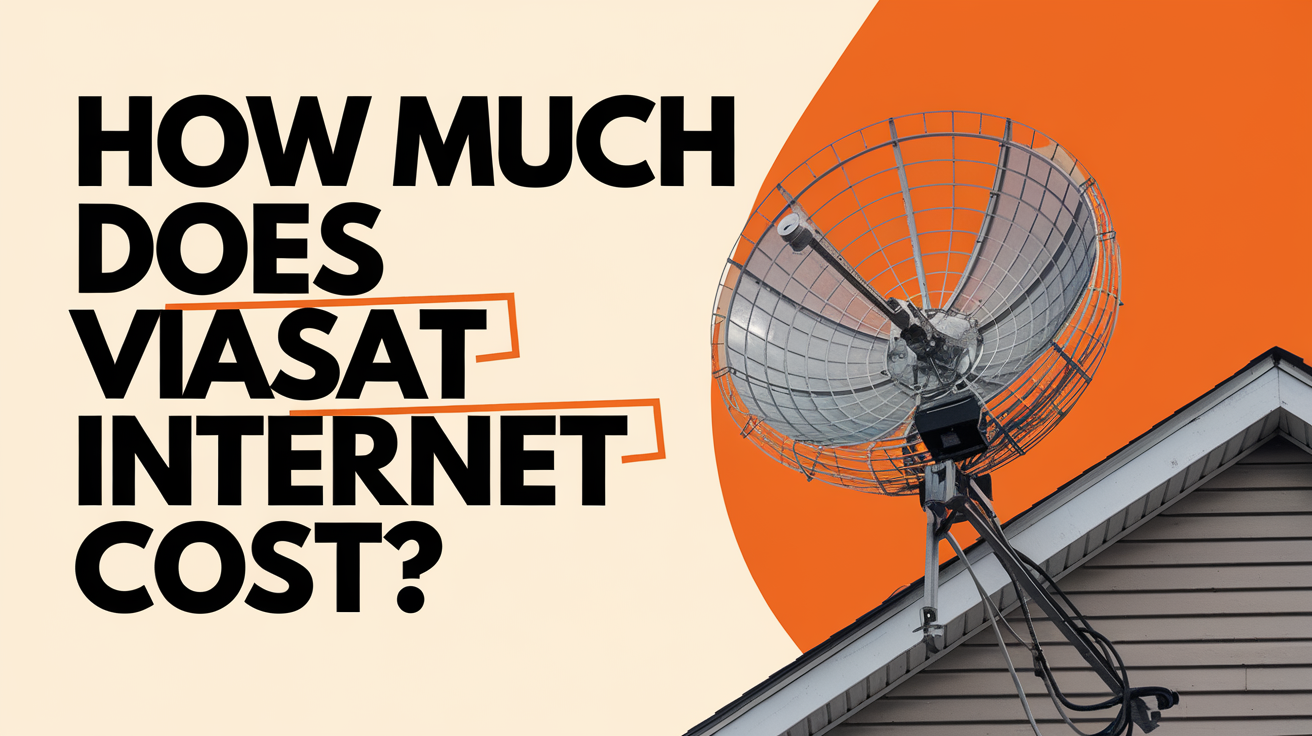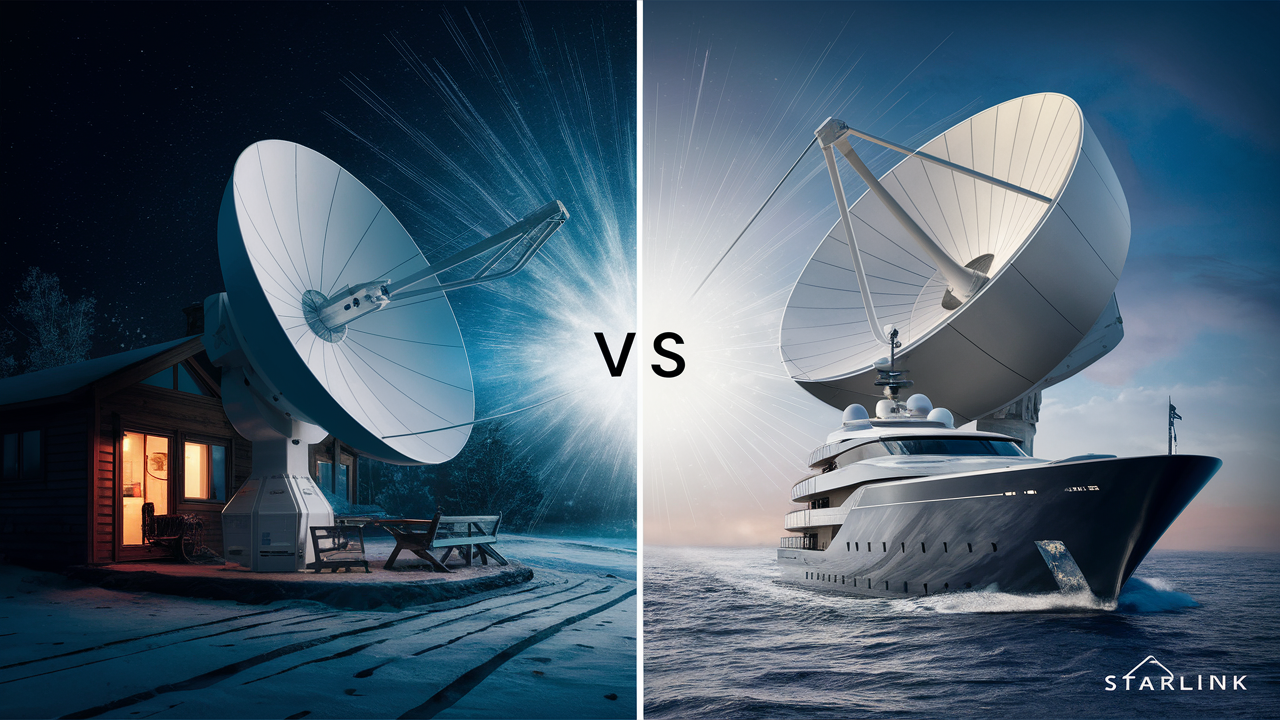
Do I Need Viasat Internet When It Is Cloudy, Rainy, or Snowy?
Viasat is among the foremost satellite internet service providers in the United States of America, which utilizes a constellation of satellites in geostationary orbit to deliver broadband connections to customers. Yet, because the service works based on satellites, unlike cables and towers, some users are concerned about the weather’s potential effect on their Viasat internet connection. In the following subtopic, we shall discuss whether or not weather poses an influence on Viasat satellite internet service.
How Satellite Internet Works
To start with, it is important to have some idea as to how satellite internet is implemented or works for the most part. Viasat, which is a satellite internet provider, has many satellites that are orbiting at a height of 22,000 miles from the surface of the earth. These satellites possess Transponders to get internet signals from uplink facilities on the surface of the earth and send these requests to a broad service area at the surface of the earth.
Home, business, etc terminals on the ground, like satellite dishes, make requests to the satellites, and in turn, the internet signal is transmitted from satellites down to the terminals to access the internet. It works in a rather relay-like manner, where it relays the signal from the user terminal to Viasat’s broadband gates on the ground, which are connected to the main internet networks.
Today, most satellite internet service providers rely on the Ka-band frequency to transmit information between satellites and terminals. The Ka-band provides higher speed than previous satellite internet systems, but it is more sensitive to adverse conditions such as poor weather since the frequencies are precisely as those of microwave communication.
Rainfading's Impact
Weather loss in signal strength in satellite communications is referred to as rain fading and is common under rainy weather conditions. Rain is another source of attenuation and distortion of the Ka-band signals from a Viasat satellite to user terminals on the ground through the effect of water and moisture in rainfall. During heavy rain, it means that the satellite modem may not be able to make continuous contact to receive and transfer data from the satellites and may slow down momentarily or even lose connectivity completely.
However, Viasat satellites employ spot-beam technology, in which the signal is focused in targeted beams. This enables the satellites to re-employ the bandwidth to boost their capacity. It also assists overcome some rain-fading effects, in contrast to satellites broadcasting a single wide beam across a large coverage region. The spot beams focus the transmitted power density towards a predetermined region to penetrate through precipitation.
Rainfading's ImpactOther Weather Factors
While rain fading causes the most weather-related disruption to satellite internet, some other weather phenomena may also degrade connections: While rain fading causes the most weather-related disruption to satellite internet, some other weather phenomena may also degrade connections:
Extensive snow and freezing can interfere with signals to the terminal used by end users. However, the effect is less severe compared to the case where external conditions such as heavy rain are present.
Extreme heat: Possible impacts of heat on satellite antenna equipment Some of the satellite antenna equipment that is located outside might get damaged due to high temperatures exceeding 100°F; this might lead to disruption of connection.
Wind: There is the possibility of the loss of signal as a result of storms or strong winds, which may cause the satellite equipment to get off-axis while mounted on the roof.
More specifically, heavy rain among other conditions, negatively affects Viasat’s Ka-band satellite internet service the most, with other weather conditions having less of an impact or none at all.
Rainfading's Impact
To overcome weather challenges, Viasat plans to offer users reliable and fast internet connection incorporating the satellite network’s features. Satellite relays can also change the traffic routes depending on the ground station locations to bypass areas with extreme weather disturbances. Other key characteristics of the latest Viasat 3 satellites launching in the coming years also include improved immunity to rain-fading problems.
On the user end, having a well-fixed satellite dish affixed at the right positions to align it will greatly reduce connectivity disruptions caused by winds or ice formation. The use of the new satellite equipment enhances reception to get better top speeds even in light to moderate rain with minimal throughput loss. Namely, the Broadband Usage Meter is an app designed to help Viasat users track connectivity quality during periods of slow speeds caused by the weather. Resetting the modem may help, as sometimes the internet service can disconnect briefly and need a restart to come back on.
Even though heavy rain or snowfall reduces the reception more than other types of weather conditions, most clients are not significantly affected by the resilience specifications. Viasat keeps enhancing networks and customer equipment to ensure that customers can connect to high-speed satellite internet with minimal disruptions due to the harsh weather throughout the year.





